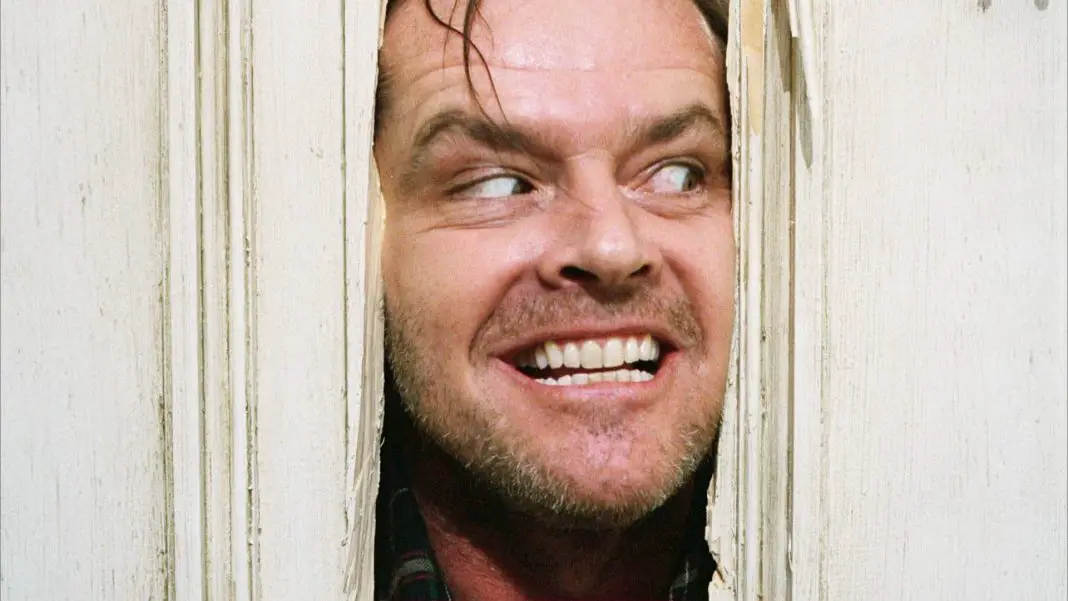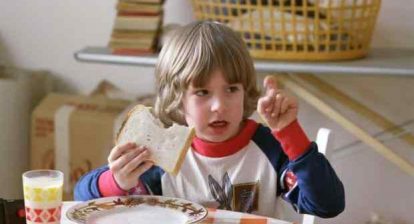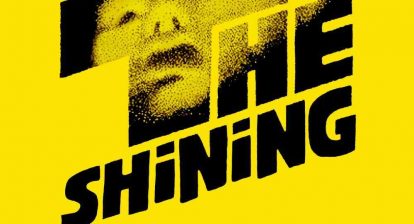It’s hard to believe that four decades have gone by since Stanley Kubrick’s The Shining was released. Based on (or, as some would say, inspired by) Stephen King’s homonymous novel, the film tells the story of a man slowly driven insane by a combination of inner (and outer) demons.
It’s a well-known fact that Stephen King hates Stanley Kubrick’s interpretation of his tome. He’s been more than a little outspoken about his disdain over the years. But what made King believe Kubrick’s The Shining distorted his story?
Also see: Stephen King Opens up About Why He Hates Stanley Kubrick’s The Shining
The Shining is definitely Stephen King’s most celebrated, and perhaps most analyzed, novel. A massive, almost 600-page epic horror narrative that was also a family drama and a tragedy. Transferring all the essence of the book to the screen with only two hours to tell the entire story would be challenging (to say the least). King was right to comment that the film failed as an adaptation–but strictly as an adaptation of his book. That is not what Kubrick wanted to do… so he didn’t.
To be clear, I love the film and I love the novel. Each one is a unique piece of art that deserves recognition for different reasons. Each succeeds in different ways and delivers separate messages. The fact that Kubrick’s The Shining is its own entity becomes clear from how it is mostly remembered for scenes that weren’t in the book. The blood gushing from within the lift, the haunting image of the twin girls saying “Forever… and ever… and ever”, and Jack Nicholson’s infamous quote “Here’s Johnny!” were all original additions to the picture.
Also see: Things You Probably Didn’t Know About The Shining
So… what about the book?
The reason the novel tells a different story is firstly because said story is built so much on character background. All that couldn’t be properly introduced into the movie. Jack’s relationship with his father, his father’s alcoholism, and Jack’s descent into dependency are extensively discussed. Wendy’s less than ideal relationship with her parents is also developed, including her parents’ divorce, and her subsequent reluctance to let her child grow up in a broken home.
A profound characteristic of the novel is the suppression of truth and emotion. Jack perceives his uncontrollable anger as a separate part of himself that has always been outside his control. The foreign immaterial body of a monster that resides inside him and occasionally possesses him. He loves his family, so he pushes aside his guilt and his fear that he might lose his temper and fall back into alcoholism. Wendy hides her misery and her apprehension for the future. Danny withholds his power to shine and all the knowledge it offers him. At the same time, they suspect that significant things on everyone’s part remain unsaid (except for Danny, who knows but cannot fully comprehend).
Ironically, the justification of this secrecy is the desire to protect and spare each other. But their denial obstructs them from breaking this cycle. For example, Jack’s response to feeling guilty triggers his desire to drink, which is the main reason he feels guilty in the first place. Jack and Wendy never properly attempted to analyze the personal issues that each one brought into the relationship nor the sensitive balance of their family. Their problems went into hibernation unresolved… Like ghosts of people who died feeling wronged, waiting to return and tear them apart at their most vulnerable moment (some solid metaphors from King).
Also see: Why The Shining is Just a Ghost Story (And Why That’s Okay)
The way Jack’s past is explored in the novel makes him a tragic hero and somewhat sympathetic; not the straight-up insane villain we see in the feature film. In the novel, his two sides are in a constant battle. It opens with him being remorseful about letting his anger get the best of him and hurting his son. At later instances, we observe his pre-existing violent temperament combined with the Overlook’s impact to twist his mind, until he goes into a full-scale murder spree.
The book is essentially about the vicious cycle of domestic violence; about sin and tragedy that are carried forward from the past into the present if not purged properly. Just like the “sins of the fathers” that haunt the Torrance family, so has the hotel inherited its own sins. A malignant and secret history that involves murders, organised crime, suicides, illegal gambling, until the hotel becomes a point of concentrated negative forces. This is left mostly unexplored in the film, because what is focused on is the evil that comes from within Jack.
Another significant difference is Danny’s shining and his entire character arc. In the book, Danny’s ability plays a key role in the narrative. It ultimately makes him understand his father’s violent behaviour and it saves his own life. By approaching his father with compassion, he makes Jack have a moment of clarity. That moment is enough for Jack to tell Danny he loves him and to let him run away. While that is a deeply moving moment and quite fitting (considering how the book leads us there), it would really not fit in the film.
…And what about the film?
Similarly, the character of book Danny would not work for film Danny. In the novel, as a five-year-old he possesses a way of speaking and a perception really beyond his years. That reads fine on the page because there we do not see a five-year-old. However, on the screen we do.
In fact, this is just a part of a whole set of decisions that made Kubrick’s The Shining a not-so-great adaptation, but an ingenious movie. The director decided to underline and add cinematic elements, while toning down the more literary ones. He amplified the hotel’s domineering imagery that alludes to a sense of entrapment. He often places Danny in deep focus shots, for example with his back turned against the screen and looking into the full length of a corridor. His figure appears like a miniature within the deep and high space of the setting.
The same effect is achieved by having Jack write in a very large, high-ceiled room that is introduced through high-angle shots. This feeling of inescapability is enhanced by the repetitiveness of the colours, the shapes, and the motifs of the setting. The hotel is literally a maze of identical doors and hallways. Added to Kubrick’s direction, the brilliant acting of Nicholson and Duvall, the well-placed symbolism, and the great photography make the film ultimately an independent masterpiece.
…And what did King have to say?
King writes in his introduction to the novel:
“What, exactly, is impelling Jack Torrance towards murder in the […] hallways of the Overlook hotel? Is it undead people or undead memories? Mr Kubrick and I came to different conclusions […], but perhaps those different conclusions are, in fact, the same. For aren’t memories the true ghosts of our lives?” (Stephen King, The Shining, with an introduction by the author, Hodder and Stoughton, London 1983, xii.)
Also see: Five Stephen King Villains That Still Give Us Nightmares
Both the novel and film lead to their respective correct conclusions, making them both great narratives. King has not overall changed his mind, but one thing he wrote can be applied to both artworks: “[The] truth is that monsters are real, and ghosts are real, too. They live inside us, and sometimes they win. That our better angels sometimes – often! – win instead […] is another truth of The Shining” (King, xiii).



